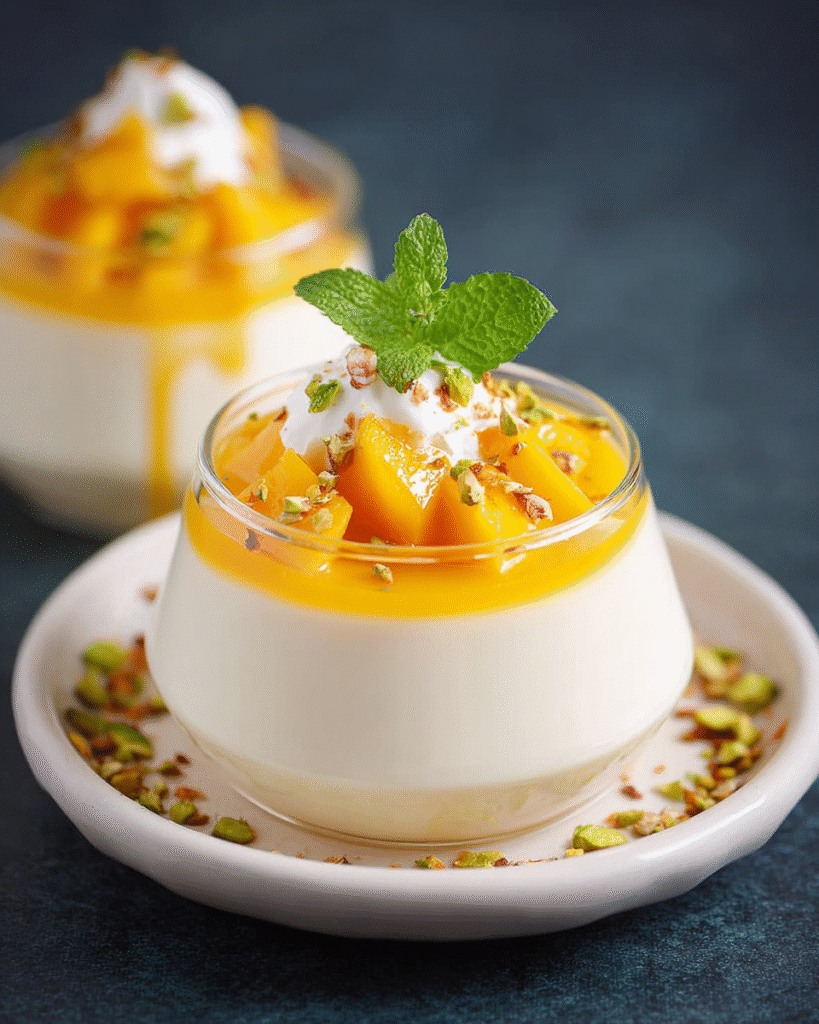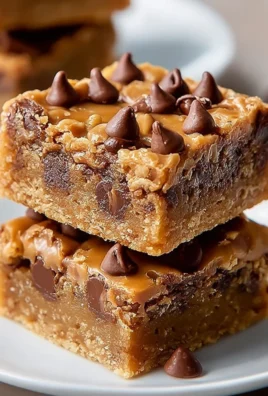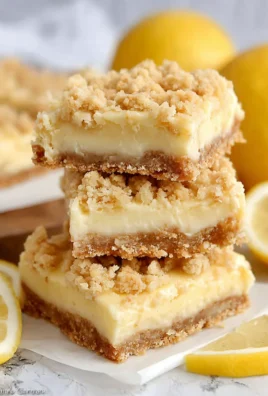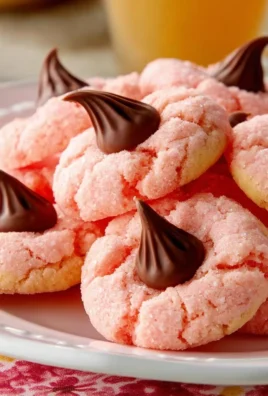
If you’re craving something sweet, tropical, and effortlessly elegant, mango coconut panna cotta might be your new favorite. This silky-smooth dessert combines the exotic sweetness of mango with the rich, creamy flavor of coconut in a no-bake format that’s perfect for summer or special gatherings. It’s a culinary celebration of balance—creamy yet light, indulgent yet refreshing.
Panna cotta, which means “cooked cream” in Italian, has taken many forms over the years. This version adds a tropical twist, replacing heavy dairy with the mellow creaminess of coconut milk and the bright tang of ripe mangoes. Whether you serve it in layered glasses or unmolded onto plates, its golden glow and inviting aroma steal the show.
Overview of Mango Coconut Panna Cotta
This dessert is as delightful to eat as it is simple to prepare. It involves creating two separate layers—one of mango puree and another of coconut cream. Each layer is thickened with gelatin and chilled to perfection. The result is a restaurant-quality treat that’s achievable in your own kitchen with just a few ingredients.
Mango coconut panna cotta works beautifully for dinner parties, brunches, or whenever you need an easy make-ahead dessert. You can even customize it to be vegan or refined sugar-free.
Brief History and Cultural Significance
Panna cotta originated in Italy’s Piedmont region, likely evolving from early recipes that used fish-based gelatin. Traditional versions were created by simmering cream with sugar and gelatin, then allowing the mixture to set in molds.
Over time, panna cotta became popular across Europe and eventually worldwide. Today, it’s loved for its luxurious texture and presentation potential. In Asian fusion cuisine, mango and coconut are frequently paired in desserts—think Thai mango sticky rice or Filipino buko pandan. This panna cotta is a nod to that harmony.
By merging Italian technique with Southeast Asian flavors, mango coconut panna cotta captures global appeal. It’s a dish where cultures meet on a spoon.
Preparation Phase & Tools to Use
Prep Time
- 20 minutes
Cook Time
- 5 minutes (mostly to dissolve gelatin)
Chill Time
- 4–6 hours or overnight
Total Time
- Around 5 hours (including chilling)
Servings
- Makes 6–8 small portions or 4 generous servings
Yield
- 4–6 ramekins or glasses, depending on size
Essential Tools and Equipment
- Small saucepan: to warm the coconut mixture
- Measuring cups and spoons: for accuracy
- Whisk: to blend ingredients smoothly
- Fine mesh strainer: for silky texture
- Blender or food processor: to puree mango
- Ramekins or dessert glasses: for setting layers
- Mixing bowls: for prepping different components
Importance of Each Tool
Each item plays a key role. The whisk ensures your gelatin blends evenly. The strainer removes fruit fibers and guarantees a flawless mouthfeel. Your choice of ramekins or glasses impacts presentation—transparent ones showcase layers better, while ramekins offer a classic look if unmolding.
Preparation Tips
- Always bloom your gelatin by sprinkling it over cold water first.
- Choose ripe mangoes—the sweeter, the better.
- Chill your molds in advance. This helps the layers set faster and more evenly.
- To unmold easily, lightly oil the ramekins or briefly dip them in warm water before inverting.
Ingredients List (with measurements)
For the Mango Layer:
- 1 ½ cups ripe mango chunks (fresh or frozen)
- 2 tablespoons sugar (adjust to mango sweetness)
- 1 tablespoon fresh lime juice
- 1 teaspoon lime zest (optional)
- ½ teaspoon vanilla extract
- 1 teaspoon powdered gelatin
- 2 tablespoons cold water
For the Coconut Layer:
- 1 cup full-fat coconut milk
- ½ cup heavy cream (or use more coconut milk for dairy-free version)
- ¼ cup sugar
- 1 teaspoon vanilla extract
- 1 teaspoon powdered gelatin
- 2 tablespoons cold water
- Pinch of salt
Step-by-Step Instructions
Step 1: Bloom the Gelatin
Start by blooming your gelatin for both layers in separate small bowls. Sprinkle each teaspoon of gelatin over 2 tablespoons of cold water. Let them sit for at least 5 minutes to absorb the water fully. This step ensures the gelatin melts evenly without clumps.
Step 2: Prepare the Coconut Layer
In a small saucepan, combine the coconut milk, heavy cream, sugar, vanilla, and a pinch of salt. Warm it over medium-low heat, stirring occasionally, until the sugar dissolves. Do not let it boil.
Remove from heat. Stir in the bloomed gelatin for the coconut layer until completely dissolved. Strain the mixture through a fine mesh sieve for extra smoothness.
Pour this mixture evenly into your serving glasses or molds. Tilt the glasses if you want diagonal layering. Place them in the refrigerator and let them chill for at least 1–2 hours, or until the coconut layer is firm to the touch.
Step 3: Make the Mango Layer
While the coconut layer chills, puree the mango chunks with sugar, lime juice, lime zest, and vanilla until smooth. Taste and adjust sweetness if needed.
Transfer the puree to a saucepan and gently heat until warm. Stir in the bloomed gelatin for the mango layer. Mix thoroughly until gelatin dissolves completely. Avoid boiling.
Strain the mango mixture to eliminate fibers or chunks. Let it cool to room temperature.
Step 4: Assemble and Chill
Once the coconut layer has set, carefully pour the mango mixture over it. Use a spoon to slow the pour and avoid disturbing the base.
Return the glasses to the fridge and chill for another 2–3 hours, or until fully set. Overnight chilling improves the texture and layering.
Step 5: Serve and Garnish
Before serving, garnish with fresh mango cubes, toasted coconut flakes, or a sprig of mint. You can also drizzle a bit of mango coulis or add edible flowers for presentation flair.
For unmolded panna cotta, briefly dip the ramekin bottoms in warm water and invert onto plates. Wipe the sides gently for clean lines.
Side Dish Recommendations
Pairing the right side dish with mango coconut panna cotta can elevate the overall dining experience. These accompaniments complement the dessert’s creamy texture and tropical notes.
1. Grilled Shrimp Skewers
The smoky, savory flavor of grilled shrimp with a citrus glaze adds balance. This combo brings out the coconut’s richness and contrasts with the panna cotta’s sweetness.
2. Tropical Fruit Salad
A mix of pineapple, papaya, kiwi, and passionfruit complements the mango profile. Add a drizzle of lime and honey for freshness and vibrancy.
3. Ginger-Lime Sorbet
The zesty, spicy note of ginger sorbet cleanses the palate while enhancing mango’s floral tones. Serve between courses or alongside the panna cotta.
4. Coconut Macaroons
Chewy coconut macaroons mirror the panna cotta’s tropical base. Their texture adds contrast and makes a complete dessert plate.
5. Minted Melon Skewers
Cubes of cantaloupe and honeydew threaded with mint leaves offer a cooling, crisp counterpart. This is great for summer gatherings.
6. Thai Basil Chicken Bites
For a savory-sweet balance, serve small bites of Thai basil chicken. It provides a punchy flavor base before transitioning into dessert.
7. Mango Sticky Rice
Serve panna cotta with a small portion of mango sticky rice to explore textural variety. Both share mango and coconut, but the rice adds chewiness.
8. Passionfruit Panna Cotta Shooters
Create a duo by pairing mango coconut panna cotta with mini passionfruit versions. Their tartness balances mango’s sweetness perfectly.
Nutritional Information & Health Benefits
Mango coconut panna cotta isn’t just indulgent—it also offers some nutritional perks when prepared thoughtfully.
Caloric Profile (per serving, approx.)
- Calories: 250–300
- Fat: 15g (mostly from coconut milk and cream)
- Sugar: 15–20g (varies based on added sugar)
- Protein: 3–5g
- Fiber: 2g (from mango)
Health Benefits
- Mango: Packed with vitamin C, vitamin A, and antioxidants. Supports immunity and skin health.
- Coconut milk: Contains medium-chain triglycerides (MCTs), which support energy metabolism.
- Lime juice and zest: Offers vitamin C and enhances digestion.
- Gelatin: Provides collagen, which may benefit joints and skin.
Customization for Diets
- Low-sugar version: Use stevia or monk fruit instead of refined sugar.
- Vegan version: Replace gelatin with agar-agar and cream with full-fat coconut milk or oat cream.
- Low-fat: Use light coconut milk, though texture will be less rich.
Common Mistakes to Avoid & How to Perfect the Recipe
Even a simple dessert can be tricky. Avoid these common pitfalls to achieve flawless results every time.
Mistake 1: Not Blooming the Gelatin Properly
If gelatin isn’t bloomed in cold water before use, it won’t dissolve well. This can result in clumps and uneven setting. Always bloom first, then stir into warm mixtures.
Mistake 2: Overheating the Gelatin
Boiling the gelatin mixture weakens its setting power. Always warm gently—never bring it to a boil.
Mistake 3: Poor Mango Quality
Unripe or fibrous mangoes ruin the texture. Choose mangoes like Ataulfo or Honey varieties for best results. They’re creamy, sweet, and low in fiber.
Mistake 4: Coconut Layer Separation
If your coconut layer separates, it means the ingredients weren’t whisked properly or the coconut milk wasn’t well-mixed. Use full-fat coconut milk and stir constantly during heating.
Mistake 5: Impatience with Layering
Don’t rush to pour the mango layer before the coconut one is fully set. This leads to color bleeding and a mushy divide. Wait at least 2 hours or until the first layer is firm to touch.
Mistake 6: Not Straining the Mixtures
Always pass both the mango and coconut mixtures through a fine sieve. This removes any lumps or fibers for an ultra-smooth finish.
Mistake 7: Ignoring Molds’ Material
Glass shows off layers beautifully, but metal molds can affect chill time. Adjust based on your mold’s thickness and material.
Pro Tips for Excellence
- Slightly tilt the glass while setting layers to create visual interest.
- Add lime zest to the coconut layer for a subtle citrus aroma.
- Garnish creatively: edible flowers, mango cubes, or mint sprigs enhance appeal.
- For a tropical twist, add a dash of rum to the mango layer (optional for adult versions).
- Use clear molds or glasses to visually highlight the layers.
Expert Tips & Notes
Make it Vegan
Swap gelatin with agar-agar powder. Use a 1:1 substitution, dissolving agar in boiling water before mixing it into your coconut and mango bases. Replace heavy cream with coconut cream or cashew cream for a richer, dairy-free result.
Use Ripe Mangoes
Opt for mangoes like Ataulfo, Alphonso, or Honey for their sweetness and smooth texture. Avoid fibrous varieties like Tommy Atkins unless pureed thoroughly and strained.
Add Depth with Spices
A pinch of cardamom or cinnamon in the coconut base adds warmth. For a floral twist, include a drop of rose water or orange blossom essence.
Coconut Cream Hack
If you can’t find coconut cream, chill a can of coconut milk overnight. Scoop the thick cream from the top for a richer, thicker layer.
Sweeteners & Flavors
- Use honey, agave, or maple syrup in place of sugar.
- Stir in lime zest, vanilla bean, or fresh mint for aroma and color.
Presentation Ideas
- Serve in glass tumblers, jars, or teacups for layering effect.
- Garnish with passionfruit pulp, mango salsa, or toasted coconut.
Storing and Reheating
Refrigeration
- Store panna cotta in the fridge, covered, for up to 5 days.
- Ensure layers are well-set before stacking containers.
Freezing
Avoid freezing. The texture of gelatin breaks down when thawed, becoming grainy.
Reheating
This dessert is best served chilled. If you need to reheat mango coulis or garnish sauces, do so gently over low heat.
FAQs About Mango Coconut Panna Cotta
Can I use canned mango pulp?
Yes, but choose unsweetened Alphonso mango pulp. Adjust sugar levels accordingly.
How do I unmold panna cotta cleanly?
Dip the ramekin bottoms in warm water for 5–10 seconds, then gently invert onto a plate.
Can I make this ahead of time?
Absolutely. This dessert is ideal for prepping 1–2 days in advance. Just garnish before serving.
What’s the best gelatin substitute?
Agar-agar is the most popular vegetarian alternative. Follow package instructions—agar sets faster and firmer than gelatin.
Can I make one large panna cotta instead of individual servings?
Yes. Use a medium-sized glass bowl or baking dish. Increase chill time to ensure full set.
How can I layer more than two flavors?
Let each layer fully chill before adding the next. Consider flavors like passionfruit, pineapple, or raspberry for added contrast.
Conclusion
Mango Coconut Panna Cotta delivers elegance and tropical flair with very little effort. Whether you’re hosting a dinner party or just treating yourself to something extraordinary, this dessert is sure to impress. The layers of sweet mango and silky coconut are more than just delicious—they’re a culinary escape.
Try your own version using fresh, local ingredients, and don’t be afraid to get creative with garnishes and side pairings. The balance of creaminess, tang, and natural sweetness makes it an unforgettable dessert worth repeating.




Leave a Comment